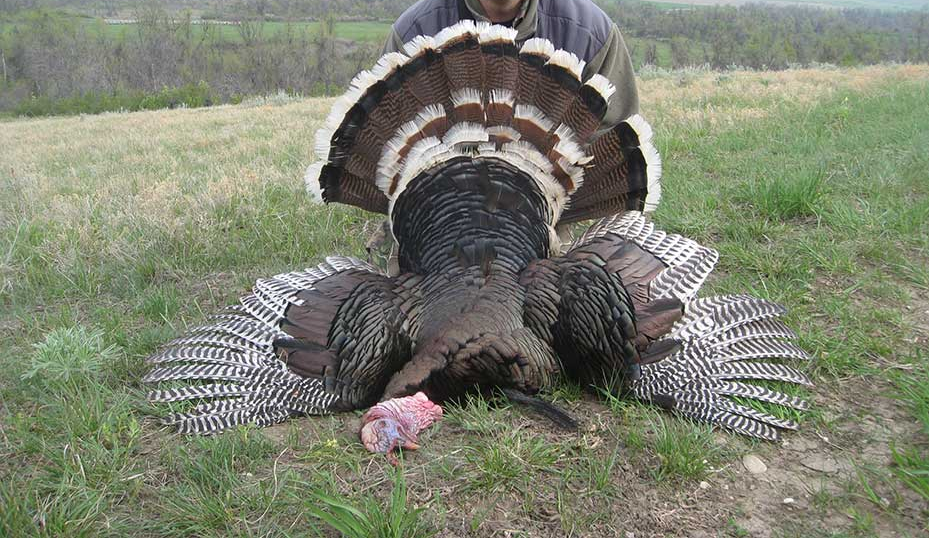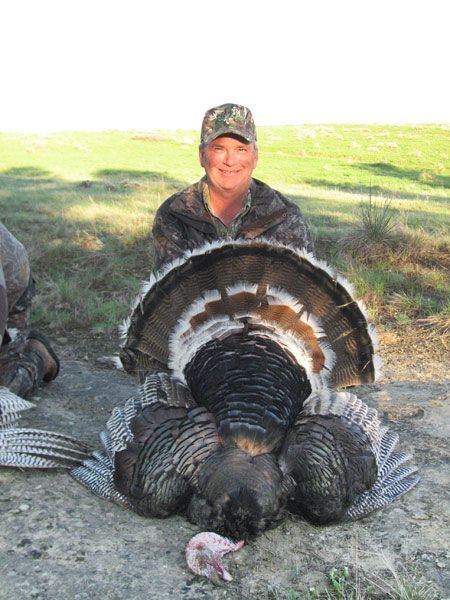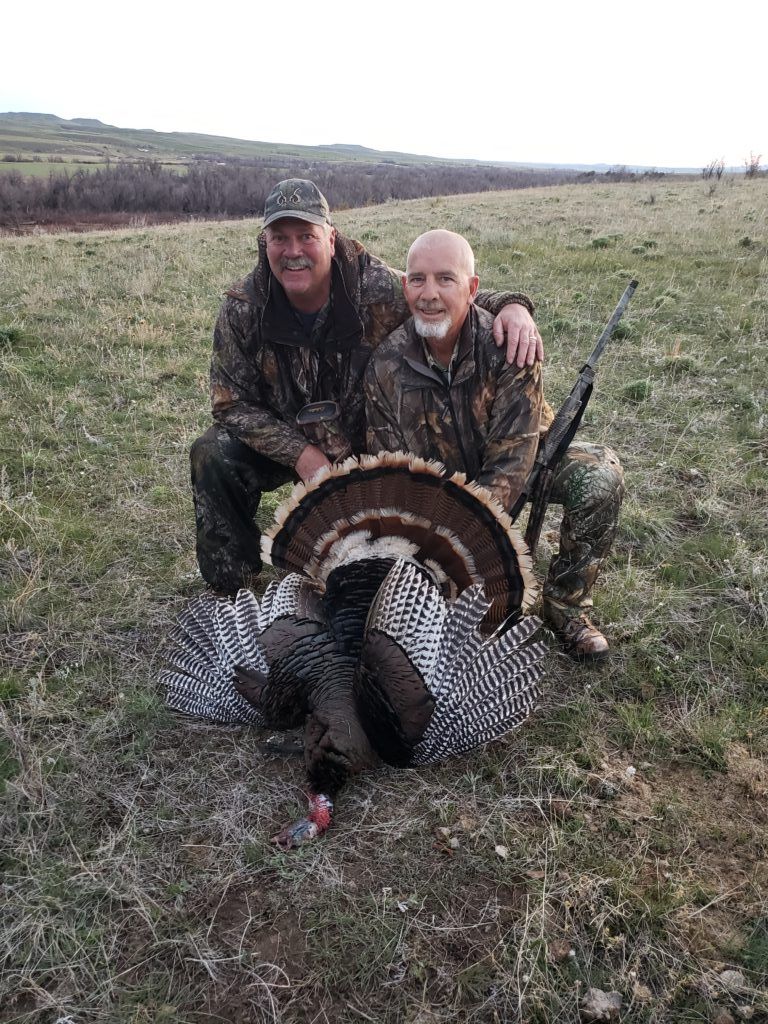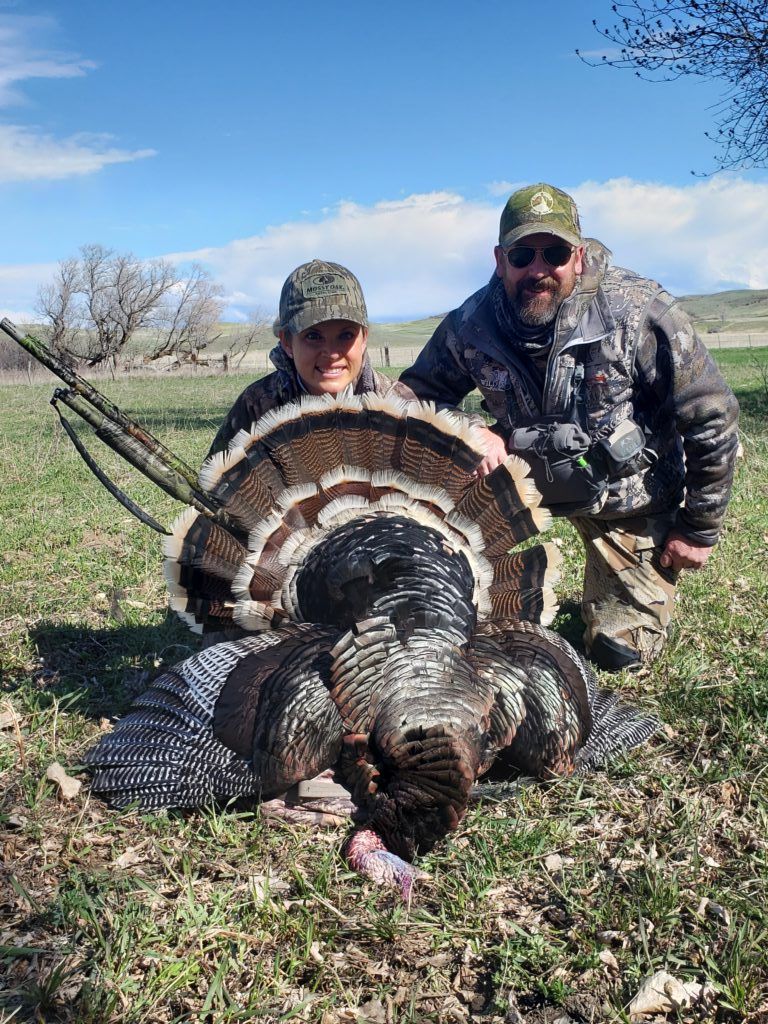The Ultimate Guide to Merriam Turkey Hunting: Tips for a Successful Adventure
Understanding Merriam Turkeys

Merriam turkey hunting offers an exciting and rewarding challenge for hunters across North America. Known for their beautiful plumage and unique behavior, Merriam turkeys inhabit some of the most scenic landscapes in the western United States. Whether you’re a seasoned turkey hunter or a beginner eager to experience the thrill, this comprehensive guide will help you understand their habitat, behavior, and the strategies you need to track, call, and bag these remarkable birds.
Physical Characteristics
Merriam turkeys are one of the five subspecies of wild turkeys in North America. They are easily recognizable by their iridescent feathers, predominantly white-tipped tail feathers, and lighter coloration compared to other subspecies. Adult males, known as gobblers, typically weigh between 18-24 pounds, while hens are smaller, averaging 8-12 pounds.
Habitat
Merriam turkeys are primarily cottonwood-filled creek bottoms of the South Eastern United States, including Montana.They thrive in ponderosa pine forests, open meadows, and areas with mixed coniferous trees. These birds prefer regions with ample roosting sites, abundant food sources such as seeds, insects, and berries, and sufficient cover to evade predators.
Behavior
Understanding the behavior of Merriam turkeys is crucial for a successful hunt. These birds are highly social and communicate using a range of vocalizations, including clucks, yelps, and gobbles. During the spring mating season, gobblers become more vocal and display courtship behaviors, such as strutting and drumming, to attract hens. Their daily routine involves roosting in trees overnight, flying down to feeding areas at dawn, and moving between feeding and loafing spots throughout the day.
Essential Strategies for Tracking Merriam Turkeys
Scouting the Area
Proper scouting is the foundation of a successful hunt. Here’s how to approach it:
- Pre-season scouting: Visit your hunting area before the season begins to locate roosting sites, feeding grounds, and travel corridors. Look for turkey tracks, droppings, feathers, and scratching marks on the ground.
- Use trail cameras: Strategically place trail cameras near suspected roosting or feeding areas to monitor turkey activity.
- Listen for gobbling: During early mornings or evenings, listen for gobbling sounds to pinpoint their location.
Understanding Turkey Patterns
Merriam turkeys often follow predictable patterns based on food availability, weather, and pressure from predators or hunters. Spend time observing their movement and adjust your strategy accordingly. For instance:
- In the spring, focus on areas where gobblers are likely to display for hens.
- During midday, turkeys often loaf in shaded areas or near water sources.
Perfecting Your Turkey Call
Types of Turkey Calls
Mastering turkey calls is essential for luring gobblers within shooting range. Here are the main types of calls and their uses:
- Box Calls:
- Easy to use and produces realistic sounds.
- Ideal for beginners and for long-distance calling.
- Slate Calls (or Pot Calls):
- Versatile and capable of producing soft, subtle sounds.
- Effective for close-range communication.
- Mouth Calls (or Diaphragm Calls):
- Hands-free operation allows simultaneous calling and aiming.
- Requires practice to master but offers great flexibility.
- Locator Calls:
- Mimics other animals (e.g., owls or coyotes) to trigger gobblers to respond without revealing your position.
Calling Techniques
To effectively use turkey calls, practice these techniques:
- Clucks and Purrs: Soft, subtle sounds to reassure turkeys or indicate contentment.
- Yelps: Medium-pitched calls that mimic a hen’s communication with gobblers.
- Cutting: Rapid, sharp clucks to signal excitement and attract gobblers.
- Gobbling: Mimic a gobbler’s call sparingly to avoid intimidating other males.
Timing and Frequency
The timing and frequency of your calls can make or break your hunt. Follow these tips:
- Start with soft calls to gauge the turkey’s response.
- Avoid over-calling, as it can make gobblers wary.
- Use more aggressive calls only when you’re confident that a gobbler is nearby.
Setting Up for Success
Choosing the Right Location
Set up in areas where you’ve scouted turkey activity. Position yourself near roosting sites or along known travel routes. Ensure you have good cover, but also a clear line of sight for shooting.
Decoy Placement
Decoys can enhance your chances of luring in gobblers, especially during the spring mating season. Here’s how to use them effectively:
- Single Hen Decoy: Place it in an open area to attract gobblers.
- Jake and Hen Combo: Mimics a younger male with a hen, triggering gobblers’ territorial instincts.
- Position decoys within 20-30 yards of your setup, ensuring you’re within shooting range.
Concealment
Turkeys have excellent vision, making camouflage crucial. Wear clothing that matches the terrain, including gloves and a face mask. Sit against a tree or use natural vegetation to break up your outline.
Bagging Your Merriam Turkey
Shot Placement
For ethical and effective kills, aim for:
- Head/Neck Area: A clean shot to the vital areas ensures a quick kill.
- Use a shotgun with a tight choke and turkey-specific ammunition for optimal results.
Staying Patient
Hunting Merriam turkeys often requires patience. Gobblers may take their time approaching, especially if they’re cautious. Stay still and resist the urge to reposition frequently.
Adapting to Challenges
If turkeys don’t respond to your calls or change their behavior, adapt your strategy:
- Try moving closer to their location while remaining concealed.
- Use different calls or reduce the frequency of calling.
- Wait for turkeys to naturally move into your area based on their daily patterns.
Post-Hunt Considerations
Field Dressing and Transport
After bagging your turkey, promptly field dress it to preserve the meat. Remove the entrails, pluck or skin the bird, and cool it as quickly as possible. Use a game bag or cooler to transport the turkey back home.
Reflecting on Your Hunt
Take time to evaluate your experience. What worked well? What could be improved for future hunts? Keeping a hunting journal can help you refine your strategies over time.
Safety Tips for Merriam Turkey Hunting
- Always identify your target and what’s beyond it before shooting.
- Wear blaze orange when moving to or from your hunting area to remain visible to other hunters.
- Be mindful of your surroundings, including potential hazards like steep terrain or wildlife encounters.
Why Choose Lone Wolf Guide Service for Merriam Turkey Hunts
Lone Wolf Guide Service offers unparalleled expertise and access to prime hunting locations, ensuring an unforgettable experience. With seasoned guides, personalized strategies, and a commitment to ethical hunting practices, you’ll have the tools and support needed for success. Whether you’re a novice or an experienced hunter, Lone Wolf Guide Service is dedicated to helping you achieve your goals.
Merriam turkey hunting is as much about the journey as it is about the result. With preparation, patience, and the right strategies, you can enjoy a thrilling adventure in some of the most breathtaking landscapes. Follow this guide, and you’ll be well on your way to a successful and memorable Merriam turkey hunt.




